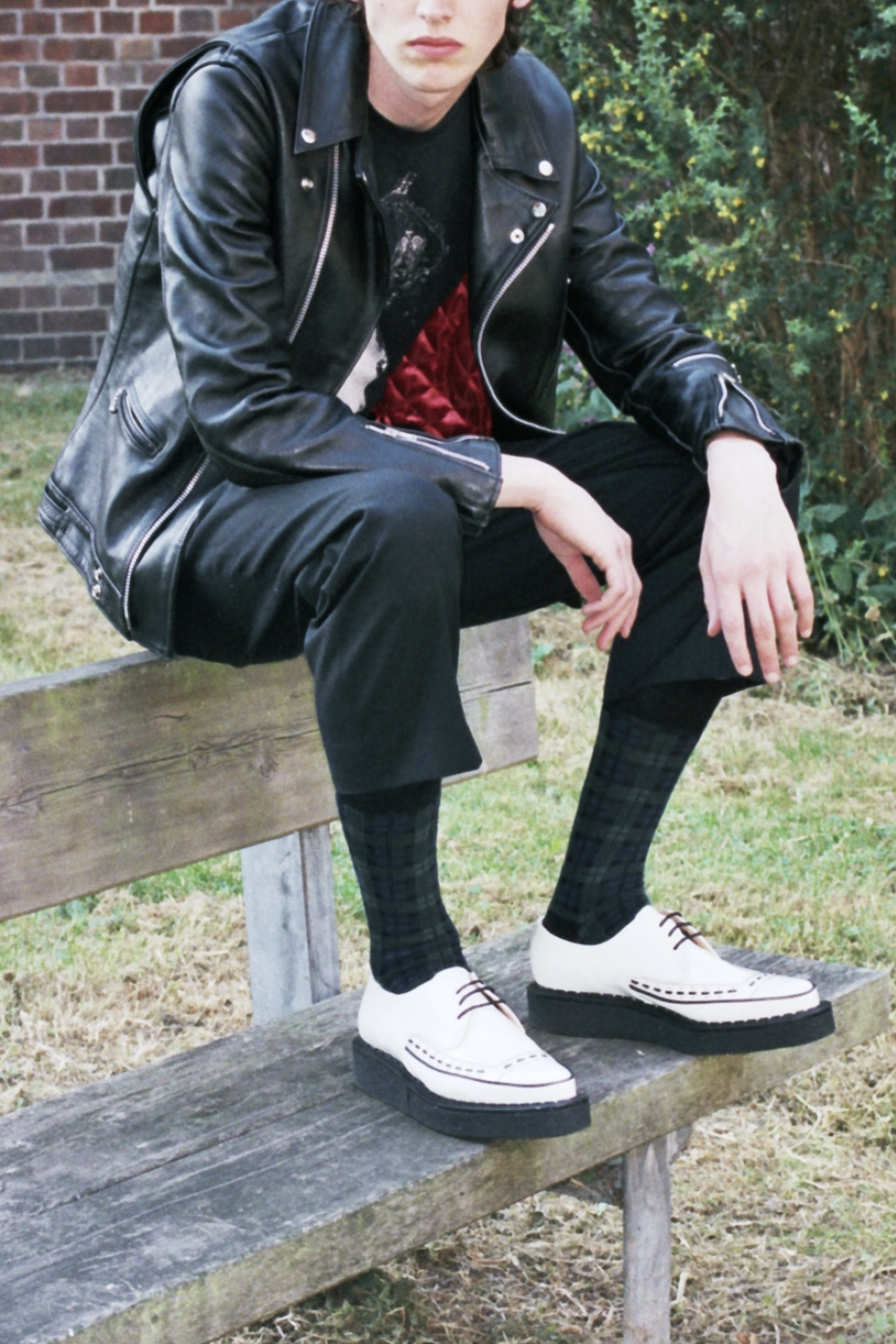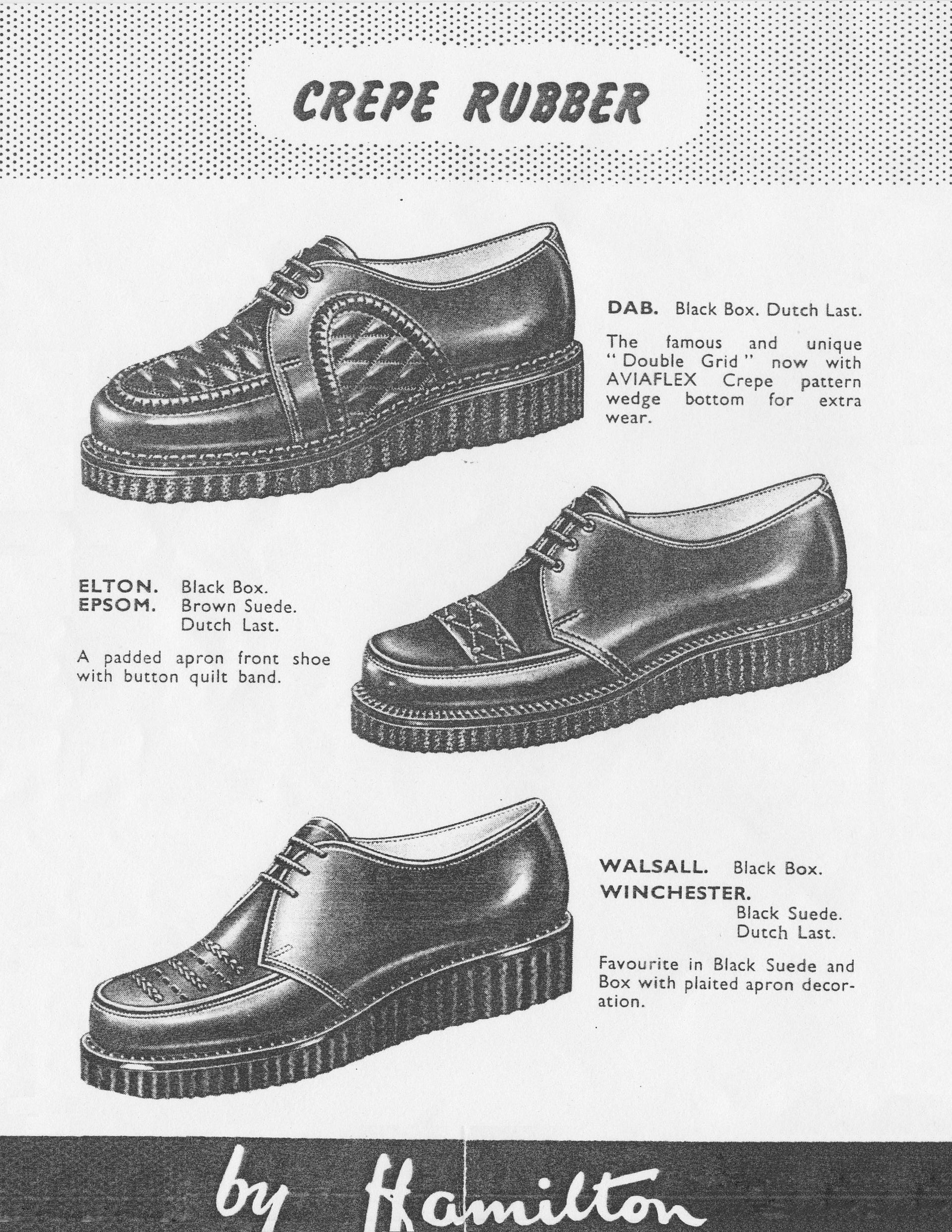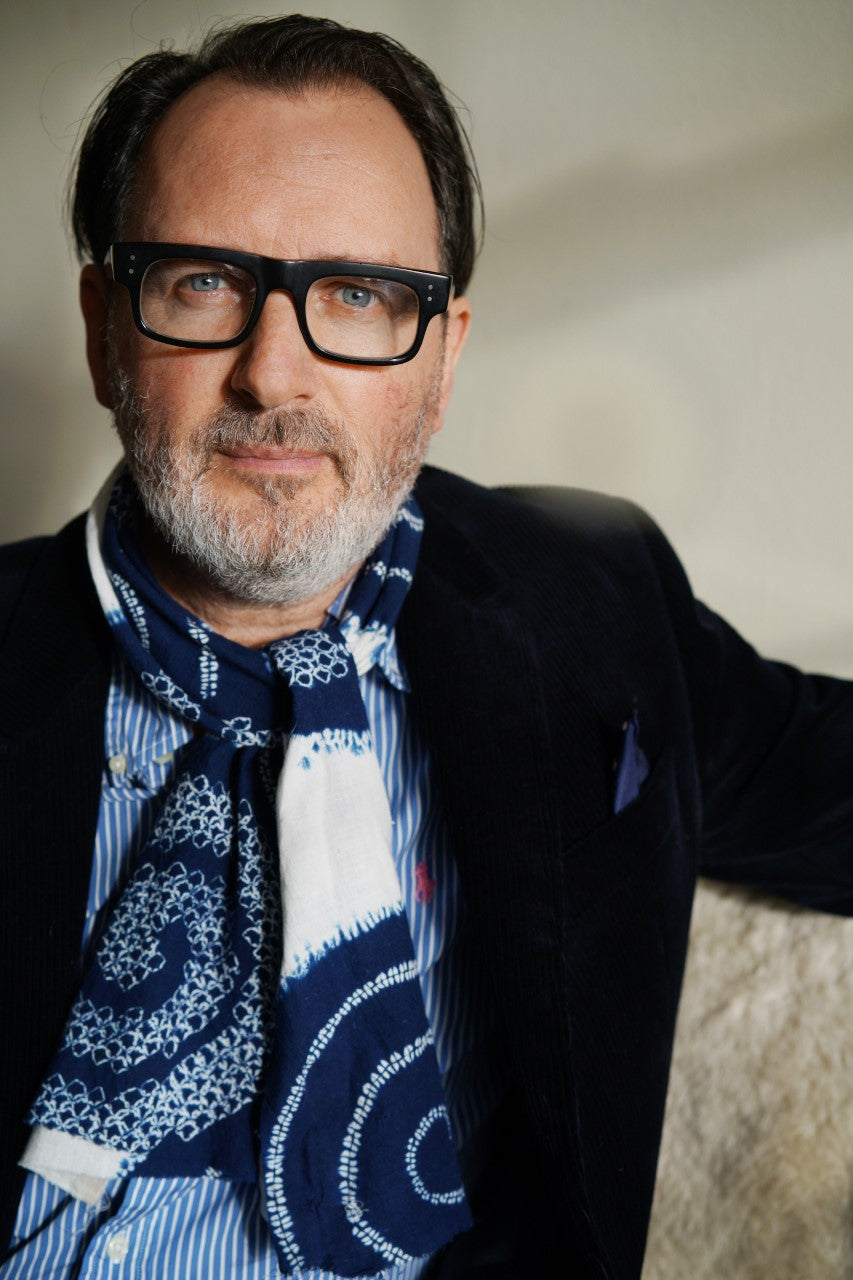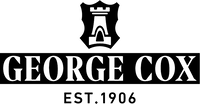
Our History
3588-vi-040


diano in white
Introduction
When the late Malcolm McLaren purchased a pair of suede D-Ring Creepers from the pop-art boutique Mr Freedom in 1970, the Sex Pistols manager and partner of Vivienne Westwood acknowledged what is today accepted as an undisputed truth: George Cox combines originality and authenticity with design excellence, independent creativity and great craftsmanship. With deep pop culture roots, George Cox footwear has been an indispensable element in the look of subcultures for decades, from Teds and Rockers to Punks, Rockabillies and Retro-Futurists; after all, the company revolutionised the visual identity of youth by introducing the world’s first Creeper over 70 years ago.
Today, George Cox Creepers are the benchmark for 21st Century style rebels on the street and on the catwalk, from achingly hip labels such as Neighborhood, Undercover and Human Made to a host of super-stylists and fashion editors across the globe. Part of the allure is down to George Cox having transcended fashion; they are not only design statements but also lifestyle choices. For these reasons the likes of Slowthai, Bobby Gillespie, Pharrell, Yungblud, Olly Alexander, Miguel and ASAP Nast amp up their cool by choosing George Cox.

castle works,
wellingborough


inside the factory
Beginnings 1906-1949
George Cox was established in 1906 as a side-line by brewery worker George James Cox, selling traditional Derby and Oxford shoes available in black or brown. After the end of the First World War however, business was sufficient for Cox to convert a former swimming pool in Wellingborough into a shoe factory, which he named Castle Works. His son George Hamilton Cox, known as “Ham”, was sent to college to learn the shoemaking trade and was soon lugging sample cases around the Midlands building up the name and reputation of the business, which was incorporated in 1934. Under Ham the company started selling around the country and expanded into retail with the Chris Hatton chain of shops. It was during the post-war period that George Cox moved into fashion with new styles aimed at freshly demobbed young adults and those customers who would soon be dubbed “teenagers”.
Hamilton 1949-1974
In 1949 Cox’s London agent, a Mr Lew Fish, identified a new type of shoe design which was becoming popular and is thought to have originated in Paris, featuring thick soles made from natural crepe. Young mainly working class men were sporting these with the dandy neo-Edwardian clothing – drape suits, fancy waistcoats, Slim Jim ties - which had caught on as High Street tailors mimicked a trend which had started but faltered after one season in Savile Row. Ham responded quickly and introduced a namesake style, The Hamilton; dubbed “brothel Creepers” these became the chosen footwear of Britain’s first mass youth cult, the Teddy Boys.

Dace-ivc-040


diano in black
In the 50s, with Ham’s son-in-law Norrie Waterfield on board, George Cox steadily built on its reputation for producing fashion shoes rather than the more traditional men’s styles peddled by competitors. With his brothers, Adam Waterfield was one of the outworkers providing decorative handiwork and working at the George Cox factory during holidays in his teens; there was even a chunky-soled range in the 1970s named after them: Andrew, a men’s brogue, Tim, a men’s loafer, Adam, a “boy’s” brogue selling to girls, and James, a “boy’s” loafer. These – in particular the Adam, as Waterfield recalls – became big on the country’s nascent club and disco scene, particularly among those frequenting Wigan’s hallowed Casino.
Punk & Beyond
It is largely forgotten now but 1968, a year of protest and tumult in London, Paris and across American cities, was also marked in the UK by a brief 1950s revival. The following year the entrepreneurs Trevor Myles and Tommy Roberts surfed this zeitgeist by opening their pop-art boutique Mr Freedom. Among the items they sold were original style brothel Creepers in such vivid colours as blue and red. These were ordered from George Cox, and, of course, a pair - featuring D-Rings and quilted tops - was bought by Malcolm McLaren. After he and Vivienne Westwood visited Norrie Waterfield and ordered several different styles in 1973, their shops soon established themselves as central to numerous movements, and latterly became the incubator for Punk as the place where the Sex Pistols formed when it became SEX.

bass pedal,
white diano


13620-v-040360
Matlock wrote in his memoir I Was A Teenage Sex Pistol: “Friday night or Saturday morning a lorry would turn up with a delivery of Creepers – the very things which had enticed me into the shop in the first place. We’d stock up the shelves and by the middle of the afternoon all that would be left would be size 14s in puce and some size 5s that maybe a girl would pop in and buy for a party just before we shut.”
Johnny Rotten – then John Lydon – obtained his audition for the Pistols when he visited the shop during its SEX phase on the hunt for a pair of George Cox shoes, according to McLaren. “In came a very, very obstreperous creature looking for a pair of brothel Creepers in white suede,” said McLaren. “I didn’t have them in his size but I could order them for him the week after. I asked him, as I was asking everyone who came in the shop at that time, ‘Do you sing?’ and he said ‘Nah—only out of tune.’ I thought, ‘All right, we’ll test you.’ I told him, ‘If you want these shoes, I may even give them to you if you promise to head down to this pub round the corner where you can meet the rest of the band tonight’.” And the rest is history…

selected styles for export


fourth generation,
adam waterfield
Tailoring 1974-2000
In this way George Cox Creepers became a key element of the Punk Rock look, and, when Punk evolved into New Wave and Post Punk, the company tailored its styles into slightly less extreme Rockabilly-wear, worn by the likes of Elvis Costello, Squeeze and Madness. The Robot retail outlets in Covent Garden and the Kings Road became a particular magnet for British and international style fans, and this was soon mirrored around the country. Not just the UK, but throughout the world, where pioneers such as Blue Moon in Germany, John Fluevog in Canada, Let it Rock in the USA, Figgins in Australia, Booster in Switzerland and American Import Export in Italy were introducing British subculture to their respective markets.
As the years progressed such remarkable boutiques as Boy, Johnsons, Red Or Dead and Shelly’s relied on George Cox to produce a dizzying array of footwear for thousands of customers, including notables from The Stray Cats to Billy Idol via Siouxsie Sioux and Bananarama. By the late 90s under Adam Waterfield, George Cox had become one of the biggest imported footwear brands in Japan, and at the turn of the Millennium the company won a succession of industry export awards, including one presented by Princess Anne, as well as a Queens Award For Enterprise.

Comme des garçons
homme plus
aw19 collaboration


charles jeffrey
loverboy
aw22 collaboration
New Generation
George Cox has continued to make strides forward, weathering the challenges of the noughties and emerging resolutely, ready to take on the new cultural landscape. The collaborations with leading fashion players the world over testifies to the brand’s enduring relevance, in recent seasons working with Comme des Garçons, Undercover, ALYX Studio, Charles Jeffrey LOVERBOY, Sacai, Neighborhood, and Nicholas Daley to name just a few. With the involvement of Adam’s son, Alistair Waterfield - a multidisciplinary artist and graduate of Central Saint Martins - George Cox is gearing up for the future by continuing to produce designs which remain first in their field as emblems of style and subversion.
Words by Paul Gorman
Paul Gorman is a writer and visual culture commentator. His books include ‘The Look: Adventures In Rock & Pop Fashion’, ‘The Story of The Face: The Magazine that Changed Culture’ (Published 2017), ‘The Life & Times of Malcolm McLaren: The Biography’ (Published 2020), and ‘Totally Wired: The Rise & Fall of the Music Press’ (Published 2020).
Portrait image of Paul by Toby Amies.


